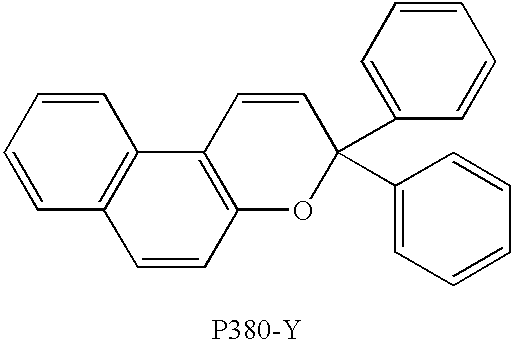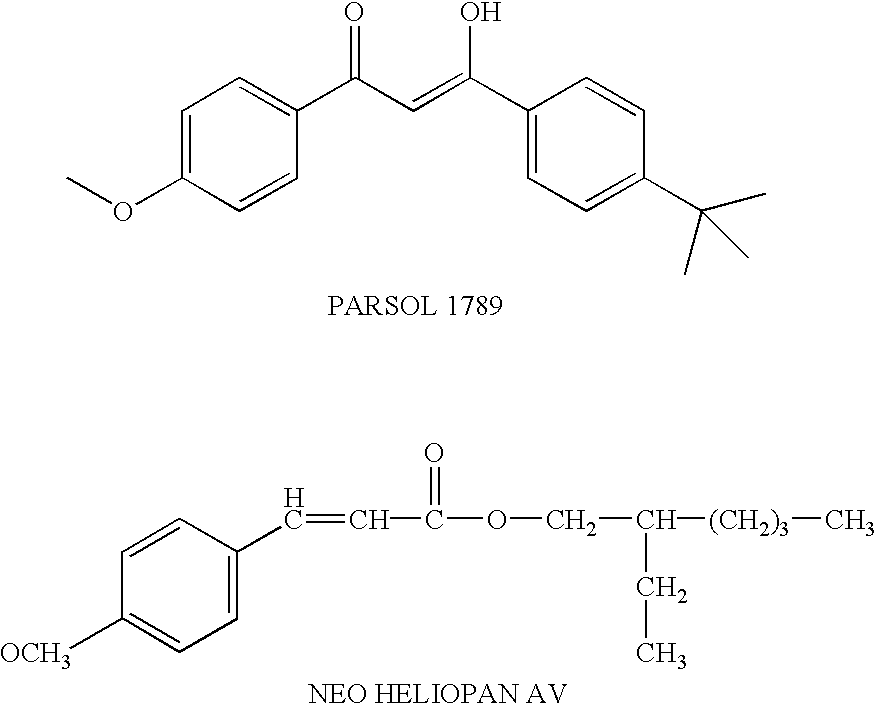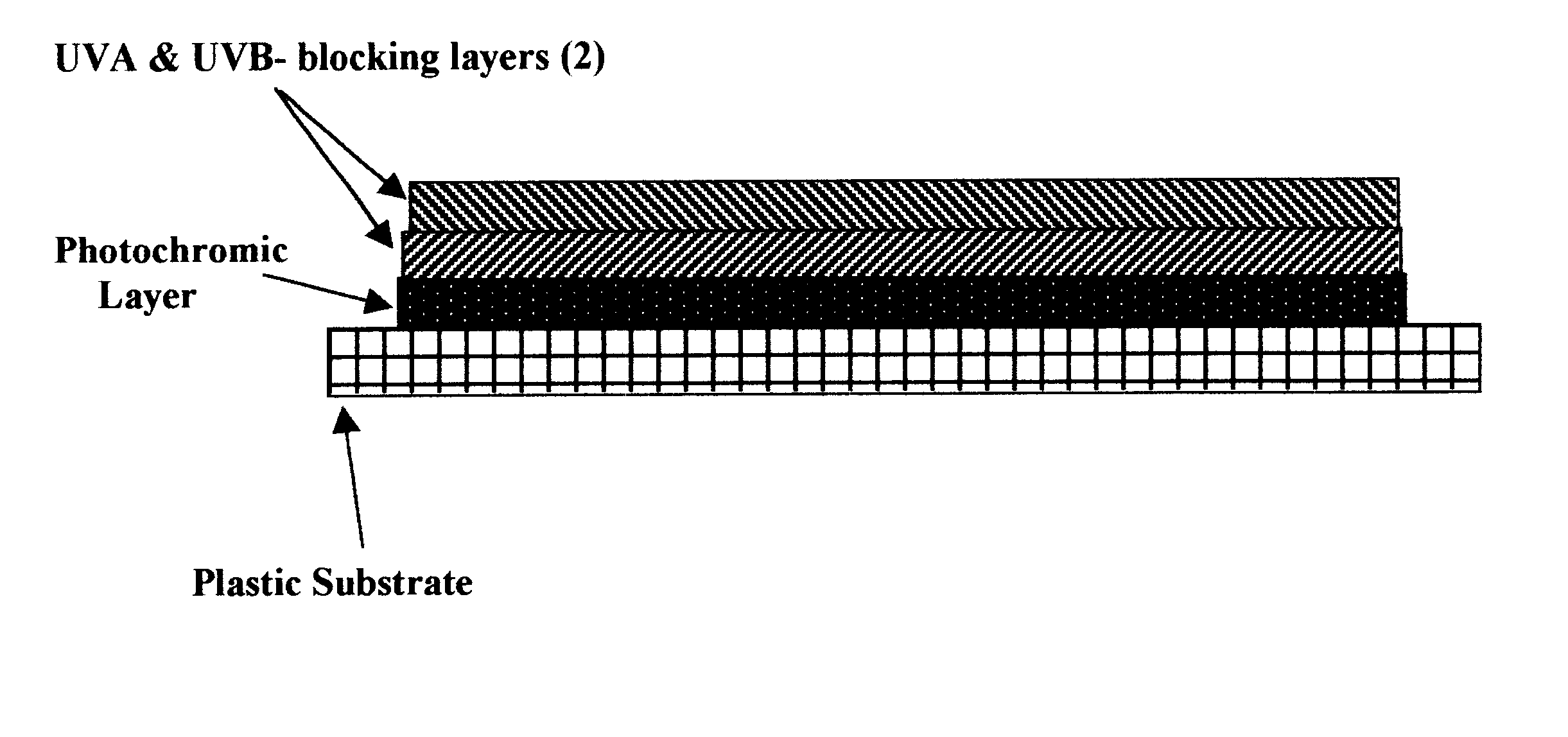Solar blind-UVC photochromic detector and method for calibration
- Summary
- Abstract
- Description
- Claims
- Application Information
AI Technical Summary
Problems solved by technology
Method used
Image
Examples
Embodiment Construction
An aspect of the present invention is to provide a photochromic Solar Blind UV detector sensitive in the UVC wavelength region but not responsive to UVB and UVA wavelengths. This detector uses the phenomenon of color change from a clear state to a visible color when excited with UV radiation. The color change is easily detected by the naked eye, thus the present detection system does not necessitate any special visualization apparatus. It is based on the incorporation of photochromic molecules into optically clear polymer matrices.
The selection of a specific photochromic molecule depends on the application sought. In one embodiment of the present invention, a method for making a Solar Blind UVC detector is provided, the method include:
(1) Selecting a molecule that is preferably devoid of photochromic activity beyond 380 nm but sensitive in the UVC range [200 nm-280 nm].
(2) Selecting a host polymer matrix for this molecule that is transparent in the visible as well as in the UVC rang...
PUM
 Login to View More
Login to View More Abstract
Description
Claims
Application Information
 Login to View More
Login to View More - R&D
- Intellectual Property
- Life Sciences
- Materials
- Tech Scout
- Unparalleled Data Quality
- Higher Quality Content
- 60% Fewer Hallucinations
Browse by: Latest US Patents, China's latest patents, Technical Efficacy Thesaurus, Application Domain, Technology Topic, Popular Technical Reports.
© 2025 PatSnap. All rights reserved.Legal|Privacy policy|Modern Slavery Act Transparency Statement|Sitemap|About US| Contact US: help@patsnap.com



